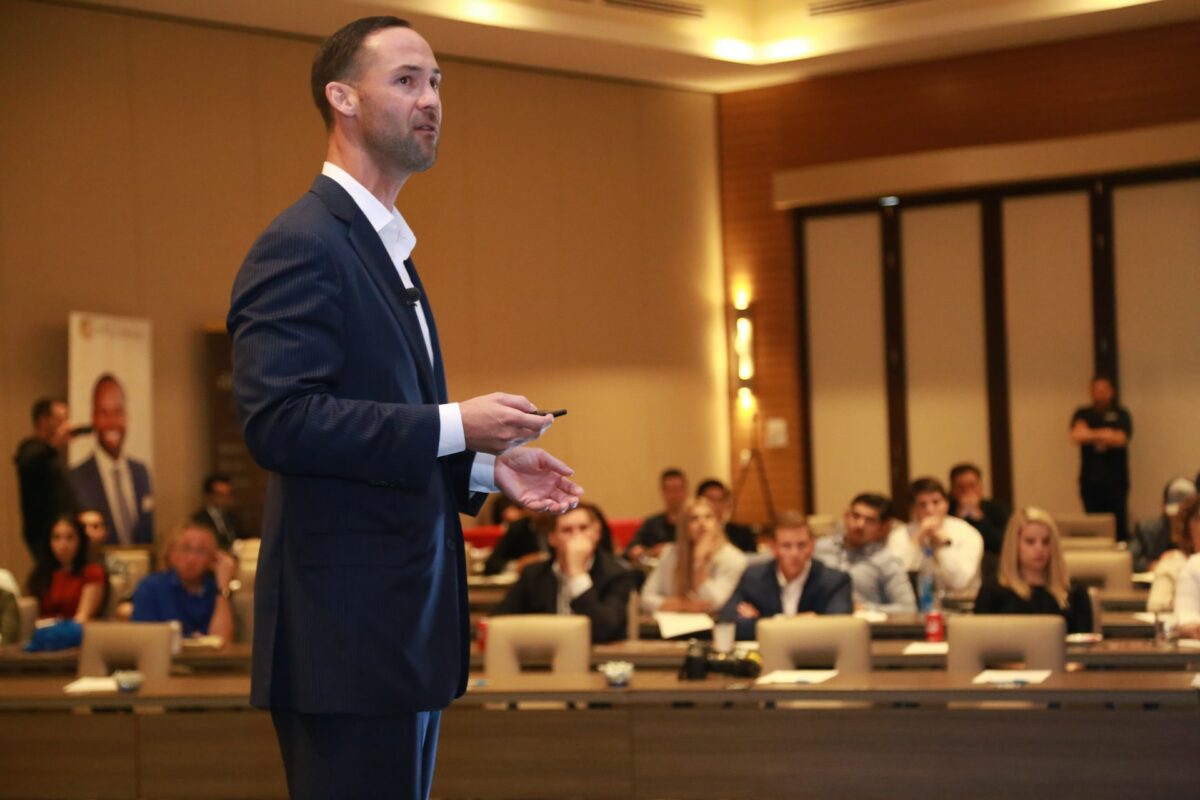Did you know that close to 80 percent of all brands purchased by parents – is controlled by their children?
You may be surprised to learn that a whopping 67 percent of all car purchases is also determined by the children of the home – not by the parents. Tweens (8- 14 year-olds) are an increasingly powerful and smart consumer group which last year alone spent and influenced an astounding €1.88 trillion.
TweenSpeak
Actually almost every aspect of what we have learned about generation tweens has been unforeseen. One of the most surprising findings has been the appearance of what we call TweenSpeak, the first global language ever. From my BRANDchild study we have learned that close to 20 percent of all tweens across the globe communicate with other tweens in other countries on a daily basis! Close to 2/3 of all tweens across the world in fact change their language when either texting or chatting with their friends. 1/3 states the reason why is because it’s more cool. In short what we have learned is that classic grammar is about to die – at least according to the tweens. The research from the BRANDchild study shows that grammatically correct sentences in ads, on TV or on the Internet – is seen as outdated – according to the tweens. They instead prefer a language reflecting what they are used to when texting with their friends.
And talking about texting, 30 percent of the worlds tween population text each other several times a day – however the most shocking findings from my book BRANDchild is that close to 15 percent of all tweens across the globe prefer to communicate with their friends via the net or mobile phone instead of in person – and this is even if they are sitting just next to them.
Situation Placement
Tweens is a fascinating audience as this is the first interactive generation ever – a generation, which in many ways will reflect future generations, their media preferences, and shopping behavior, and not to forget relationships with brands. New ways of communication tools will most likely replace the traditional channels we know today. In fact 1/3 of all tweens prefer to surf the Internet than watching TV. Close to fifty percent of all tweens prefer to play computer games instead of watching TV. Having these figures in mind it’s clear that advertising no longer can survive by just belonging to the TV screen or banner ads. Product placement – or situation placement is soon going to dominate the primary expositor towards this audience – as this in simple terms will be the only way to reach a audience which in average spend 2 1/2 hours a day in front of the computer screen playing games across the globe.
Contextual Branding
I call the phenomena Contextual Branding – the ability to place the right message, at the right time for the right audience – optimizing the value of advertising spends. Combining this knowledge with the fact that every brand in the future will have to be interactive, will have to reflect a new, and slightly revised language – and not to forget – use channels – and product placement methodologies never seen before this is indeed a very challenging audience to communicate to….however knowing that this generation as well represent close to Europe 2 trillion in spend or influence a spend a year – as well as pointing us in a direction indicating how future generations most likely are going to look like – we have no choice but to join the crowd and adapt to the new world of tweens.
The Blake Project Can Help: Contact us for more on BrandInsistence brand equity measurement
Branding Strategy Insider is a service of The Blake Project: A strategic brand consultancy specializing in Brand Research, Brand Strategy, Brand Licensing and Brand Education





One comment
Duncan Bucknell
July 19, 2007 at 8:05 am
C’mon guys.
We’re talking about 8 to 14 year old children.
Do we really think it is healthy or ok for an 8 year old to prefer to text someone they are sitting next to, rather than talk to them.
As adults, do we really ‘have no choice but to join the crowd and adapt to the new world of tweens’?
At some point we need to stop the commercial roller coaster, and redirect things a little – don’t you think?
Comments are closed.